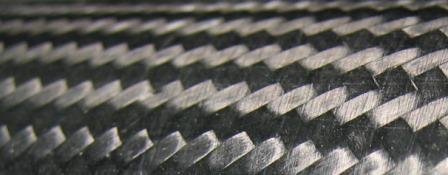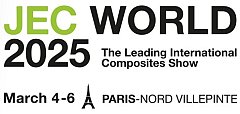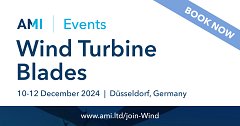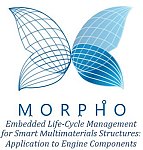
Our monitoring systems can be used in each phase of process development and manufacturing providing valuable feedback to the engineers, operators or even to automation systems.
In the development phase, flexible sensors can be easily introduced at various locations into the cavity to:
- Study the resin flow and its repeatability
- Optimise the filling scenario
- Calculate the permeability tensor necessary for accurate filling simulations especially for thick or complex components
- Check when the filling is done to start the heating ramp
- Check the viscosity rise to ensure the complete wet-out of the preforms
- Monitor the cure and optimise the temperature profile
- Optimise the cure profile
- Monitor and adjust the exotherm peak for thick structures
- Define process milestones using the sensors in order to use them at production
(5 to 9 refer also to manufacturing with prepregs)
At certification phase, the use of flexible and permanent sensors can:
- prove the repeatability and the good part quality
- monitor many important parameters for process traceability
- calculate process parameters for quality control purposes
At production, the use of permanent and flexible sensors can:
- Ensure that the resin (neat or in prepregs) meets the quality standards (mixing ratio or thermal ageing) before the start of the process
- Control the mould filling by opening and/or closing the appropriate gates
- Check that the resin flow pattern is as planned
- Check when the filling is over to start the heating ramp
- Check the viscosity rise to ensure the complete wet-out of the preforms
- Check the viscosity drop during heating to apply pressure
- Monitor the cure and optimise the temperature profile
- Simulate in real-time and control the exotherm peak for thick structures
- Prove repeatability and provide online part quality certification
- Monitor many important parameters for process traceability
- Calculate process parameters for quality control purposes
- Adjust the optimised process cure cycle in real-time according to sensors’ feedback
(6 to 12 refer also to manufacturing with prepregs)






